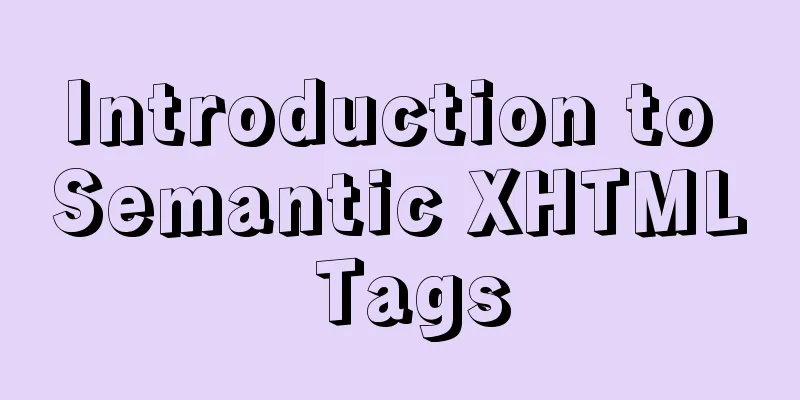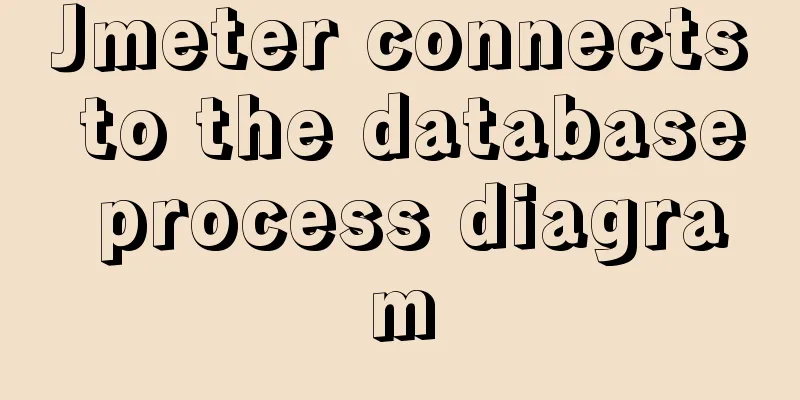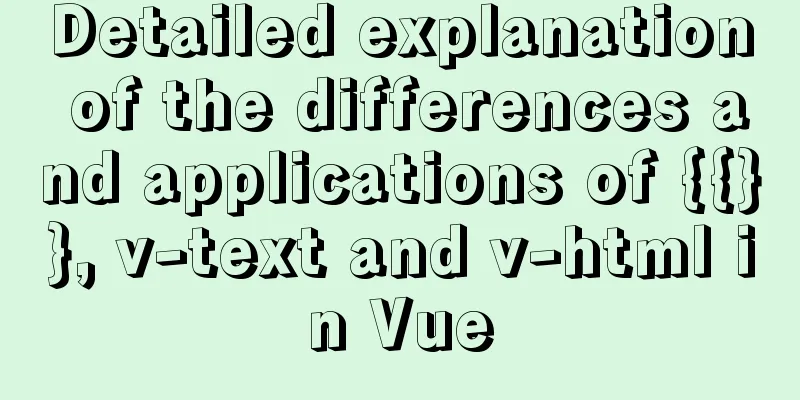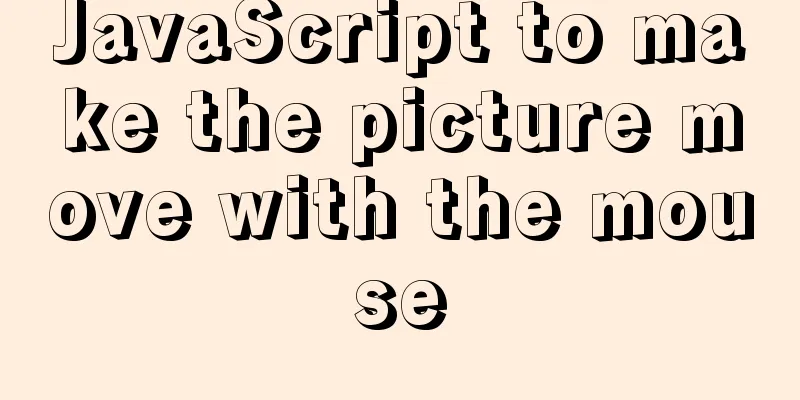Introduction to Semantic XHTML Tags

|
The first point to make is that people can judge the semantics of content through visual division, while search engines only see code. Search engines can only determine the semantics of content through tags. I really didn’t pay much attention to search engines before, but now I’m starting to care about it, because a large part of the page traffic comes from search engines. To make the page as search engine friendly as possible, we need to make the tags as semantic as possible. In the past, with my superficial understanding of web development, I thought that writing a good standard-compliant page only required separating structure and presentation, and not using tags such as table and font. As for using divs throughout the page, I didn’t think there was any problem, because CSS is very powerful. However, all tags have their own semantics. The semantics of some tags are given below: div semantics: Division (separation) span semantics: Span (range) ol Semantics: Ordered List ul Semantics: Unordered List (unordered list) li semantics: List Item ………… If you ignore tag semantics and default styles and use div for all tags, you can actually write pages with good visual effects as long as you use CSS flexibly. However, in that case, although the visual requirements are met, the entire page has no semantics at all, and search engines still cannot understand it. So, remember: The structure (html) is the key, and the style (css) is used to modify the structure. Therefore, you must first determine the HTML, determine the tags, and then choose the appropriate CSS. Generally speaking, all tags have a default style, so a simple way to judge whether the semantics of a web page tag is good is to remove the style and see whether the structure of the web page is well organized and orderly, and whether it is still readable. In addition, it is worth mentioning the h tag. The semantics of the h tag is title, and search engines are more sensitive to this tag, especially h1 and h2. For a semantically sound page, the h tags should be complete, orderly, and without gaps. In other words, we need to push down h1, h2, h3, h4 like this, instead of h1, h3, h4, and miss h2. For a well-structured web page, the h tag can organize the outline of a web page. |
<<: A brief introduction to MySQL InnoDB ReplicaSet
>>: Summary of React's way of creating components
Recommend
JavaScript Composition and Inheritance Explained
Table of contents 1. Introduction 2. Prototype ch...
Summary of MySQL time statistics methods
When doing database statistics, you often need to...
Basic usage of wget command under Linux
Table of contents Preface 1. Download a single fi...
A brief discussion on how to cancel requests and prevent duplicate requests in axios
Table of contents Preface Core - CancelToken Prac...
How to use uni-app to display buttons and search boxes in the top navigation bar
Recently, the company is preparing to develop an ...
Detailed explanation of Svn one-click installation shell script under linxu
#!/bin/bash #Download SVN yum -y install subversi...
Explanation of the process of docker packaging node project
As a backend programmer, sometimes I have to tink...
Detailed explanation of MySQL joint query optimization mechanism
Table of contents MySQL federated query execution...
JavaScript canvas text clock
This article example shares the specific code of ...
Teach you how to use Nginx service to build a subdomain environment to improve the loading performance of 2D maps
1. Background Recently, some friends encountered ...
Detailed process of installing Docker, creating images, loading and running NodeJS programs
System environment: Windows 7 1. Install Docker D...
MySQL 5.7 mysql command line client usage command details
MySQL 5.7 MySQL command line client using command...
Service management of source package installation under Linux
Table of contents 1. Startup management of source...
Echart Bar double column chart style most complete detailed explanation
Table of contents Preface Installation and Config...
JavaScript implements double-ended queue
This article example shares the specific code of ...









